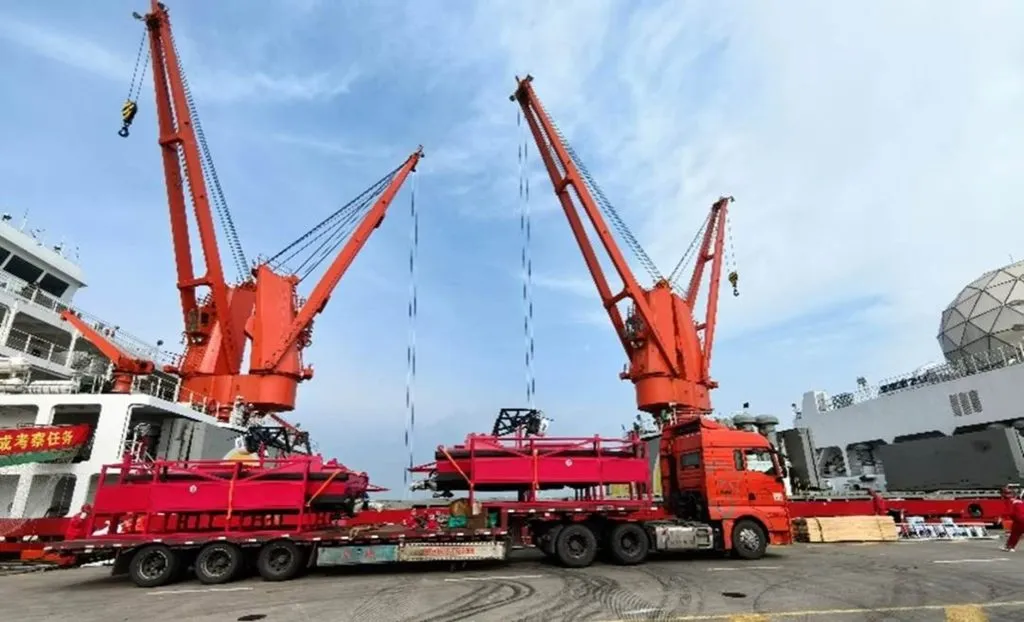In a study that could reshape how we approach marine construction, researchers have taken a deep dive into how temperature and pressure affect the interaction between geogrids and marine silica sand. This isn’t just some abstract science; it’s about making our coastal and offshore structures more robust and long-lasting. The research, led by Xiangshen Kong from the School of Future Technology at Shanghai University, was recently published in ‘Frontiers in Earth Science’, which translates to ‘Frontiers in Earth Science’ in English.
So, what’s the big deal? Well, imagine you’re building a breakwater or a seawall. You’d want it to stand strong against the relentless forces of nature, right? That’s where geogrids come in. These are like the reinforcement bars in concrete, but for soil. They’re used to strengthen the ground, making it more stable and resistant to erosion. But here’s the kicker: their effectiveness isn’t constant. It changes with temperature and pressure.
Kong and his team conducted a series of cyclic direct shear tests, which is a fancy way of saying they mimicked real-world conditions in a lab. They used marine silica sand, the kind you’d find in coastal areas, and a biaxial geogrid. They tested these under various temperatures, from a chilly -5°C to a scorching 80°C, and under different pressures, ranging from 50 to 250 kPa.
Here’s what they found: “The interfacial shear behavior is markedly influenced by the combined effects of temperature and normal stress.” In simpler terms, how well the geogrid and sand work together depends on both the temperature and the pressure they’re under. For instance, at lower pressures, the geogrid and sand get stronger with each cycle of loading, a phenomenon they call ‘shear hardening’. But at higher pressures, the geogrid and sand initially strengthen but then weaken over time, a process known as ‘shear softening’.
Temperature also plays a crucial role. As the temperature rises from -5°C to 20°C, the interface between the geogrid and sand becomes stronger and stiffer. But if the temperature keeps climbing to 80°C, the interface weakens significantly. This is particularly important for structures in areas with extreme temperature variations, like the Arctic or the Middle East.
So, what does this mean for the maritime industry? Well, it’s a wake-up call to consider temperature and pressure variations when designing and maintaining structures that use geogrids. It’s not just about the initial design; it’s about long-term performance. This research could lead to more durable, cost-effective designs, reducing maintenance costs and increasing the lifespan of marine structures.
Moreover, it opens up opportunities for innovation. Perhaps new materials could be developed that are less sensitive to temperature variations. Or maybe smart monitoring systems could be created to alert engineers when interfaces are weakening due to temperature changes. The possibilities are as vast as the ocean itself.
In the words of the researchers, “These findings provide valuable insights for the design, improvement, and long-term assessment of geosynthetic-reinforced systems in marine engineering applications.” And that’s not just good science; it’s good business. After all, in the maritime world, every advantage counts.

